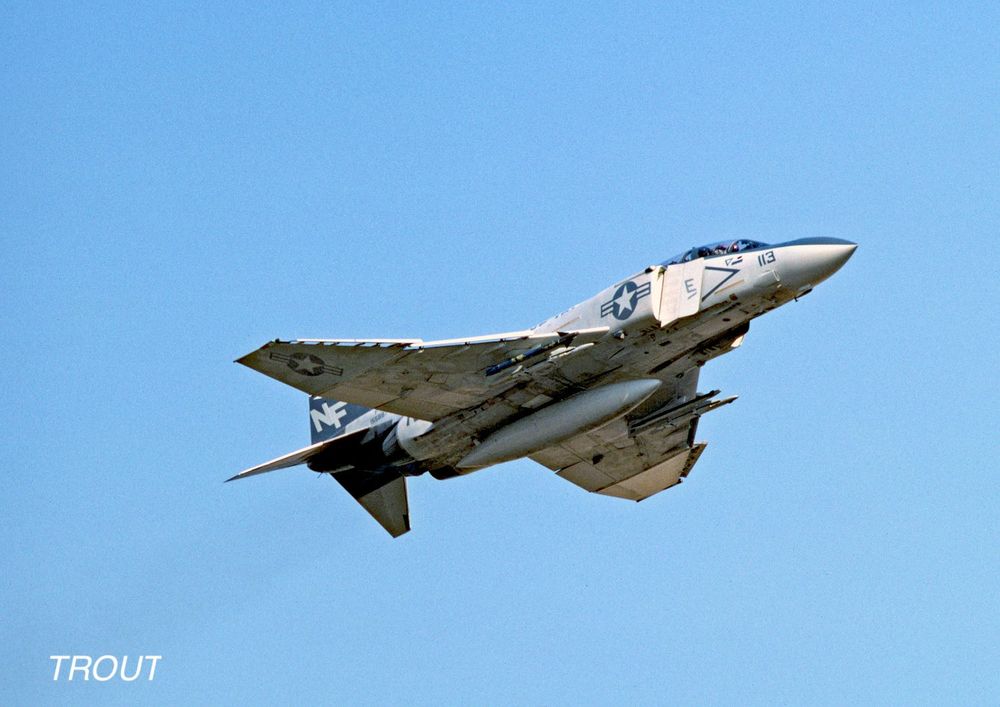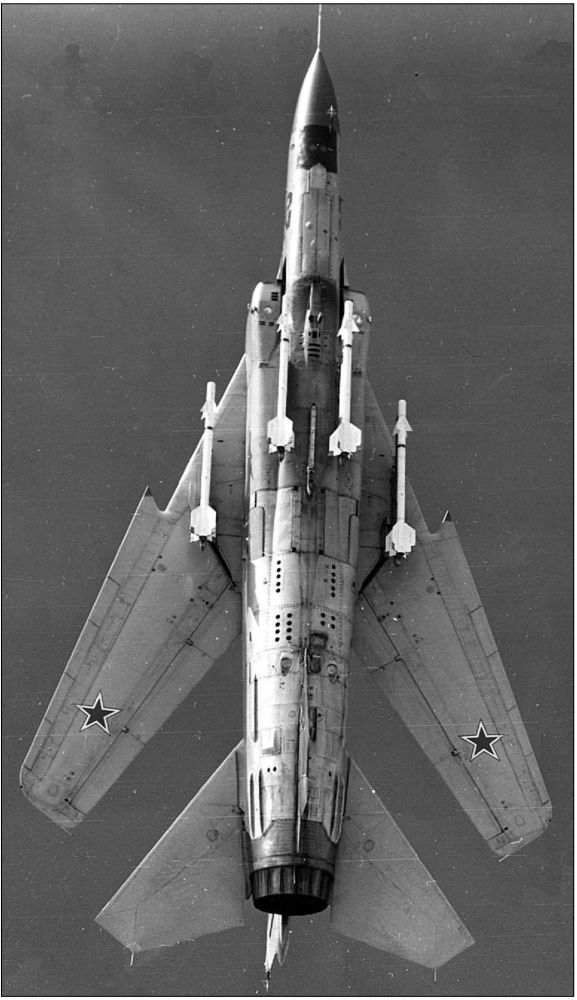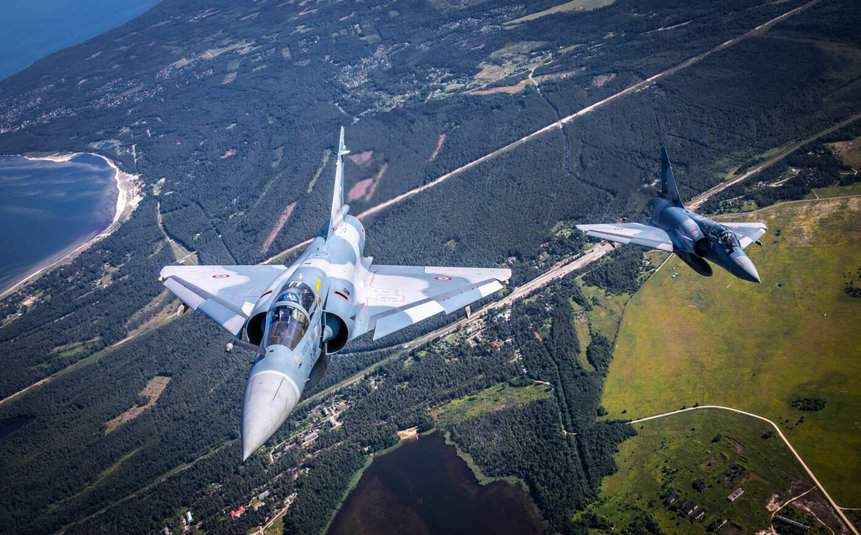
Aerodynamics, Structures,
Engines & Flight Performance.
@BaA43A3aHY on the other platform.







The MiG-23ML, even with χ=33°, is outturned by the F-15A, F-15C & F-14D, by a fair margin. The F-14A also outturns the MiG-23ML, but by a lesser margin.

The MiG-23ML, even with χ=33°, is outturned by the F-15A, F-15C & F-14D, by a fair margin. The F-14A also outturns the MiG-23ML, but by a lesser margin.





Same story with the USAF F-4E. MiG-23ML with χ=45° is similar to the hard-winged (non-slatted) F-4Es (Blk.38 & 41), it gets beaten by the slatted F-4Es (Blk.51) higher up, and the MiG-23ML with χ=33° beats them all.

Same story with the USAF F-4E. MiG-23ML with χ=45° is similar to the hard-winged (non-slatted) F-4Es (Blk.38 & 41), it gets beaten by the slatted F-4Es (Blk.51) higher up, and the MiG-23ML with χ=33° beats them all.


The lighter, early F-4Js, with J79-10 engines, can just about outturn the MiG-23ML χ=45°, but the heavier, late Js can't. The F-4S is a rough estimate based on the little info that I could find & verify. It's the best turning Phantom, though it too loses to the MiG-23 with χ=33°.

The lighter, early F-4Js, with J79-10 engines, can just about outturn the MiG-23ML χ=45°, but the heavier, late Js can't. The F-4S is a rough estimate based on the little info that I could find & verify. It's the best turning Phantom, though it too loses to the MiG-23 with χ=33°.
With χ=45°, the MiG-23ML is identical to the first generation Phantoms, the USN/USMC F-4B & USAF F-4C/D, but MiG-23 with χ=33° outturns them by a wide margin.

With χ=45°, the MiG-23ML is identical to the first generation Phantoms, the USN/USMC F-4B & USAF F-4C/D, but MiG-23 with χ=33° outturns them by a wide margin.

Here's Miler, puting the χ = 30° through its paces at České Budějovice (elevation 432m), 18 June 1994.
Here's Miler, puting the χ = 30° through its paces at České Budějovice (elevation 432m), 18 June 1994.
Maximum sustained turn rate, as its name implies, is performed at constant speed & altitude. It is highly dependant on lift/drag & thrust/drag, as well as lift/weight, but limit load factor can also play a role for some aircraft at lower altitudes.

Maximum sustained turn rate, as its name implies, is performed at constant speed & altitude. It is highly dependant on lift/drag & thrust/drag, as well as lift/weight, but limit load factor can also play a role for some aircraft at lower altitudes.





▪10155 kg, MiG-23ML (изд. 23-12), Сапфир-23МЛ
▪10310 kg, MiG-23ML (изд. 23-12), Сапфир-23МЛА
▪10150 kg, MiG-23MLD (изд. 23-22Б), Сапфир-23МЛАЭ-2
▪10215 kg, MiG-23P (изд. 23-14), Сапфир-23П


▪10155 kg, MiG-23ML (изд. 23-12), Сапфир-23МЛ
▪10310 kg, MiG-23ML (изд. 23-12), Сапфир-23МЛА
▪10150 kg, MiG-23MLD (изд. 23-22Б), Сапфир-23МЛАЭ-2
▪10215 kg, MiG-23P (изд. 23-14), Сапфир-23П
⚠️These values will be used to calculate the combat weights.

⚠️These values will be used to calculate the combat weights.


One important fighter aircraft performance parameter, for close range air combat, is turn rate [ω, measured in °/s].
I will be comparing the maximum sustained & instantaneous turning ability of the MiG-23, with that of other contemporary fighters.

One important fighter aircraft performance parameter, for close range air combat, is turn rate [ω, measured in °/s].
I will be comparing the maximum sustained & instantaneous turning ability of the MiG-23, with that of other contemporary fighters.



